Lynn Hershman Leeson
Lorna
1979
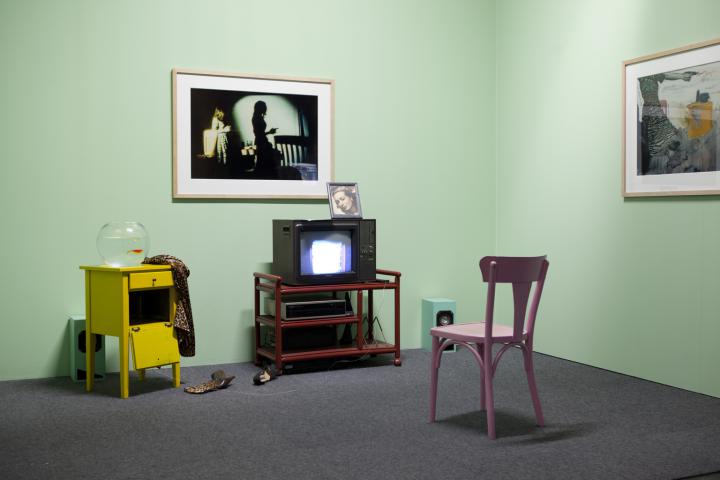
- Artist / Artist group
- Lynn Hershman Leeson
- Title
- Lorna
- Year
- 1979
- Category
- installation, video, computer-based, Video installation
- Material / Technique
- interactive installation; room with TV furniture, bedside table, chair, goldfish bowl with goldfish, blouse, women’s half-boot, women's sandal, cheque, magazines, flow chart, comic, Uncle Sam Pecan Cookie pack, miniature pictures and photographs; technical equipment: TV, DVD player (original: LaserDisc player), 2 passive speakers, modified remote control with manual
- Dimensions / Duration
- Installation dimensions variable
- Contributors
- Collection
- ZKM | Center for Art and Media
- Description
Furniture, a television, personal items, pictures on the wall: Welcome to the living room of Lorna, a character created by artist Lynn Hershman Leeson. Lorna—played by Joanna Mross—suffers from agoraphobia, the fear of open spaces or crowds of people. That’s why she never leaves her one-room apartment. Her only connections to the outside world are the television and the phone, whose news reports and rings only worsen her distress.
Author: Julia Ihls
Hershman’s »Lorna« was one of the first nonlinear film narratives and the first in art history to use the video disc. This technological innovation, first introduced in the late 1970s, was billed as a data storage device that combined the features of a videotape with the possibility of direct access. Observers can control Lorna’s actions by proxy using a remote control. As they navigate between thirty-six labyrinthine individual sequences for Lorna to follow, they gain a voyeuristic glimpse into the protagonist’s life. Three outcomes of these various paths are possible: Lorna remains trapped by her apartment and her insecurities; she commits suicide; or she shoots the television instead, in a sense ’murdering’ the medium.
»Lorna« is Leeson’s prophetic engagement with the increasing encroachment of observation technologies on our privacy. In the present day, where medial events are superseding those we experience in real time, this theme is all the more relevant.
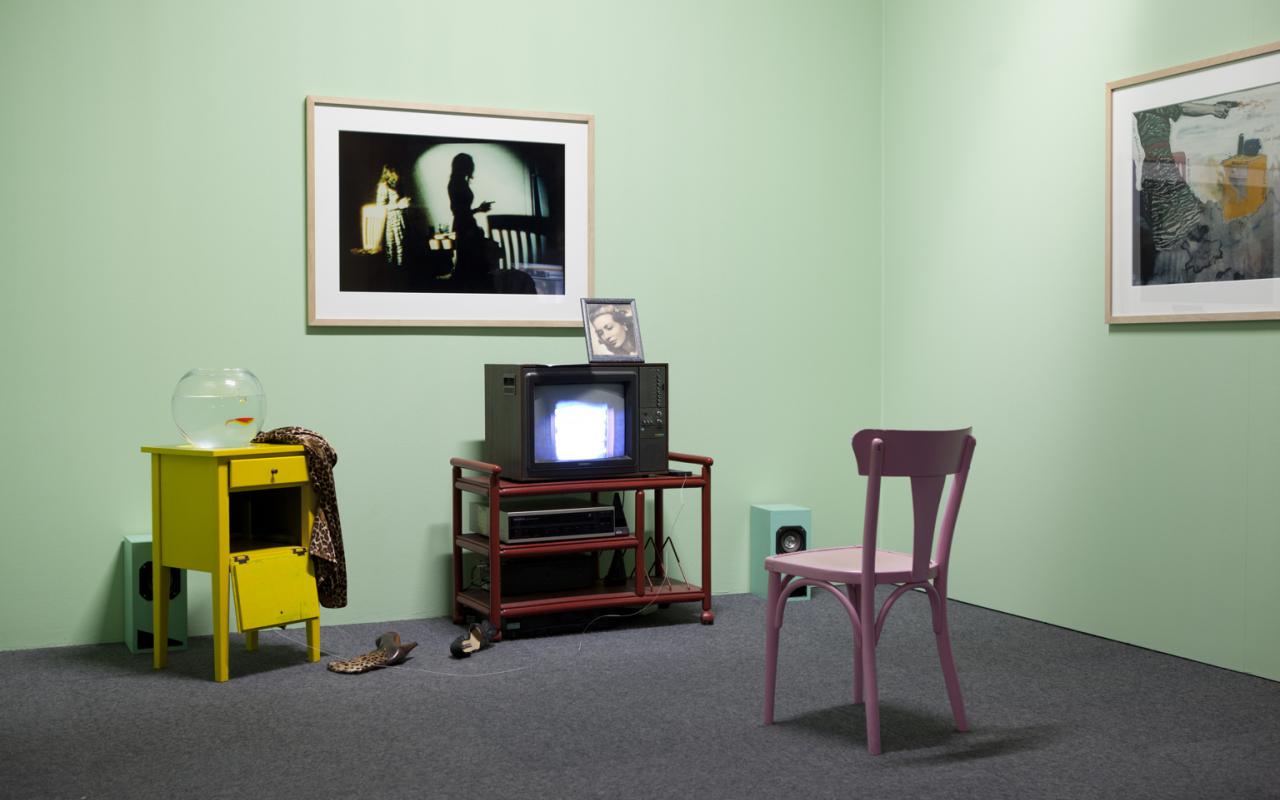
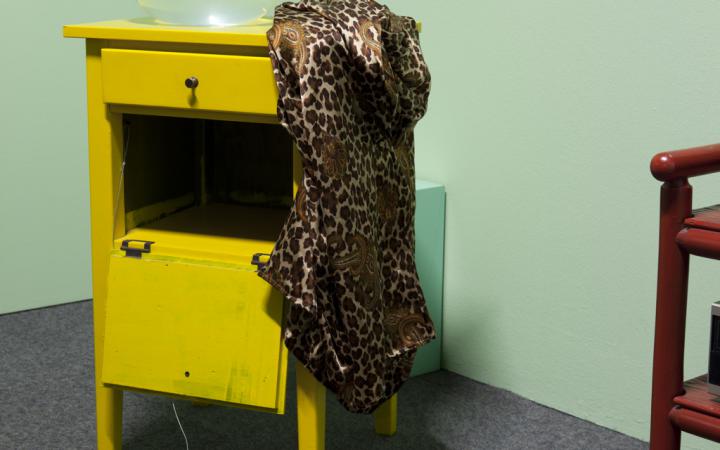
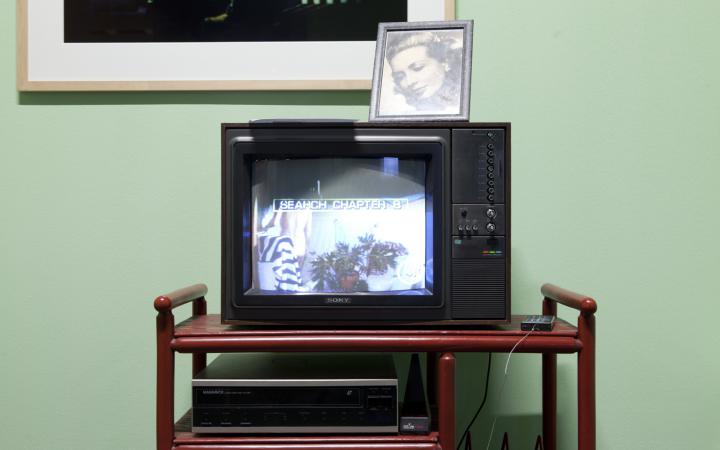
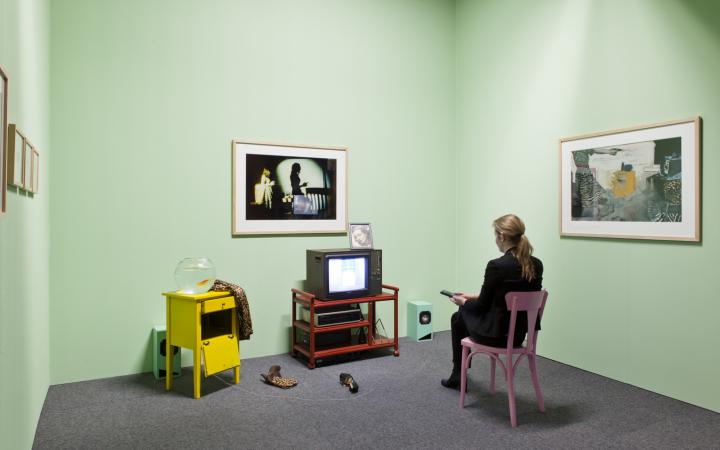
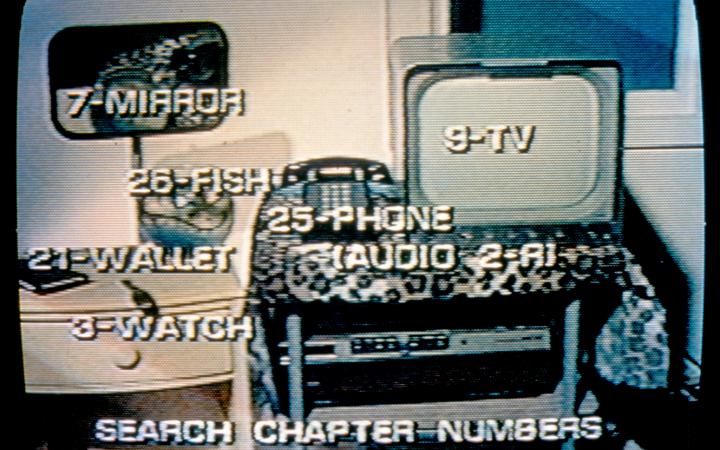
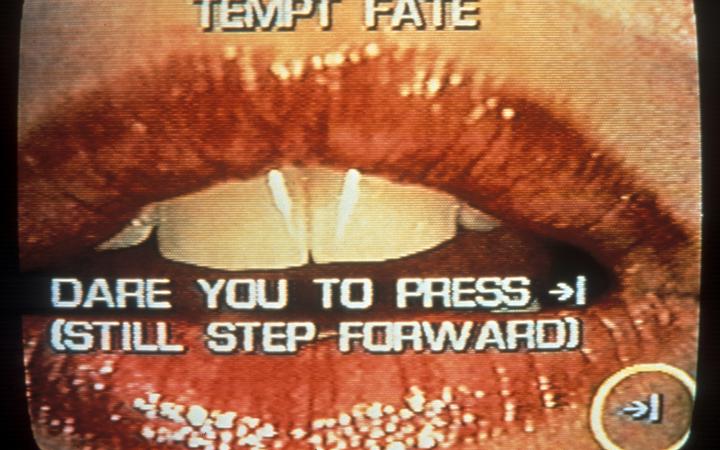
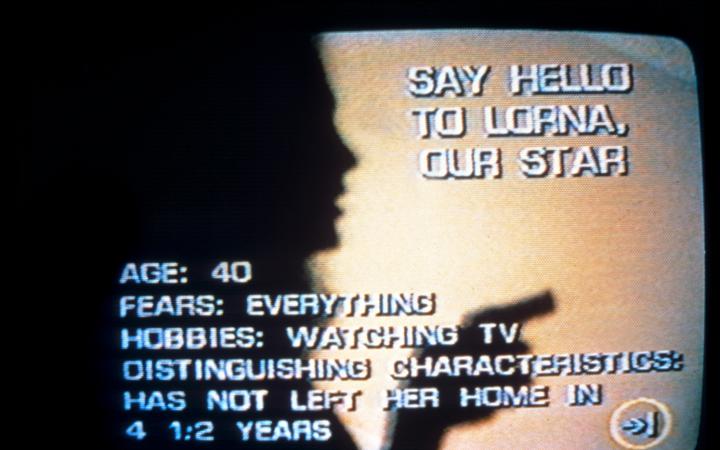
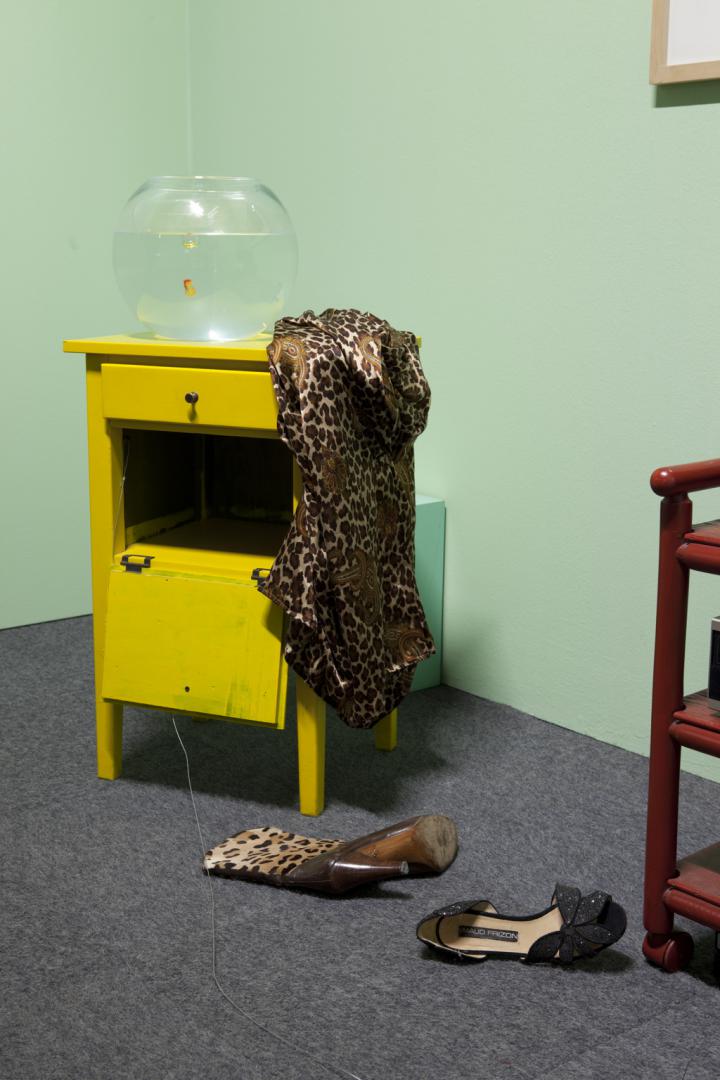
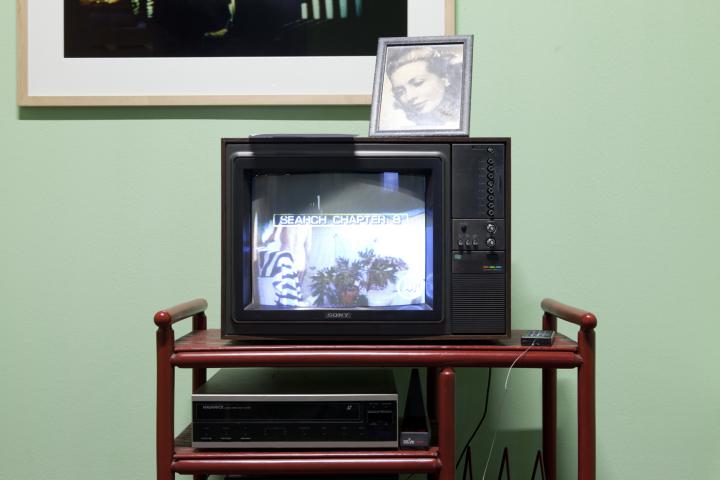
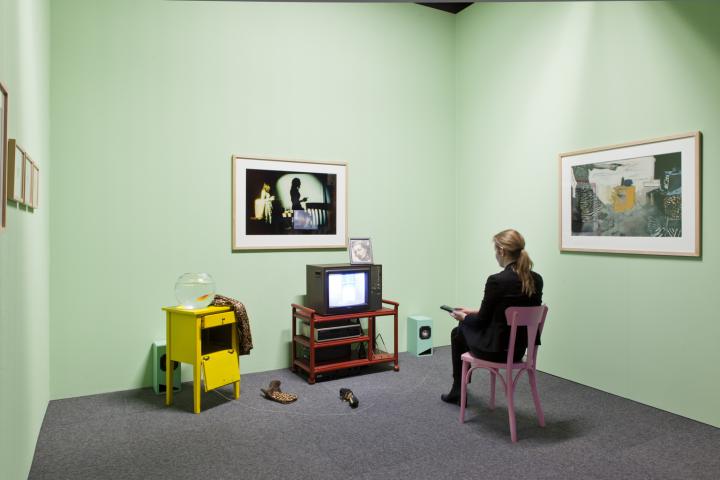
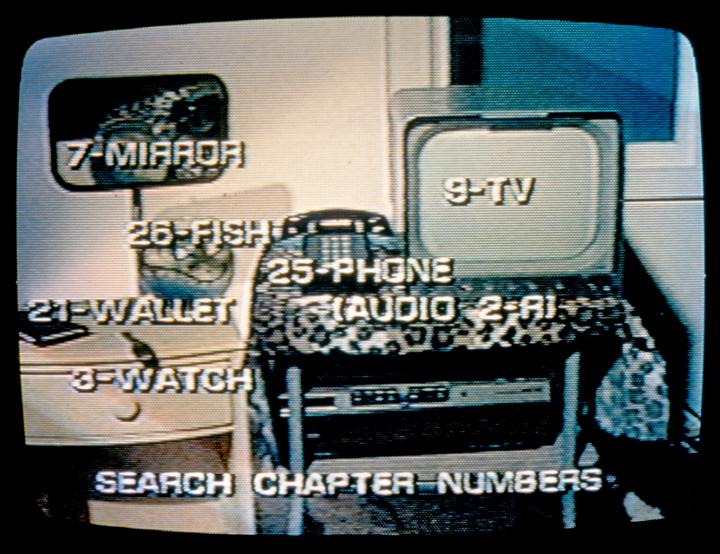
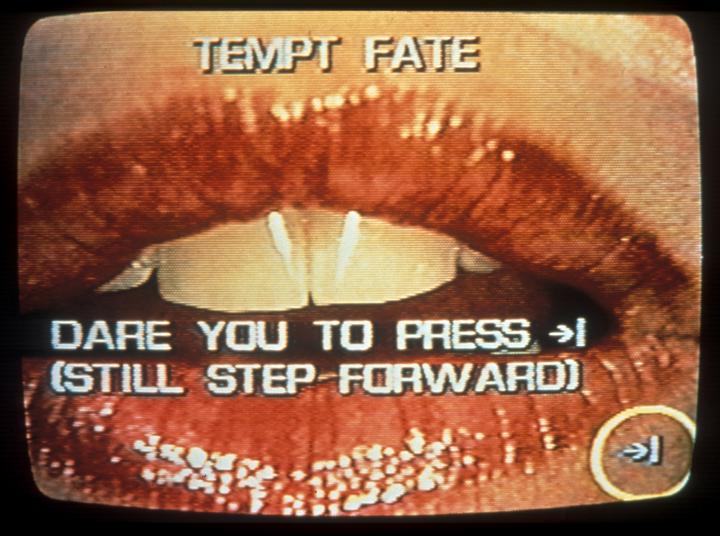
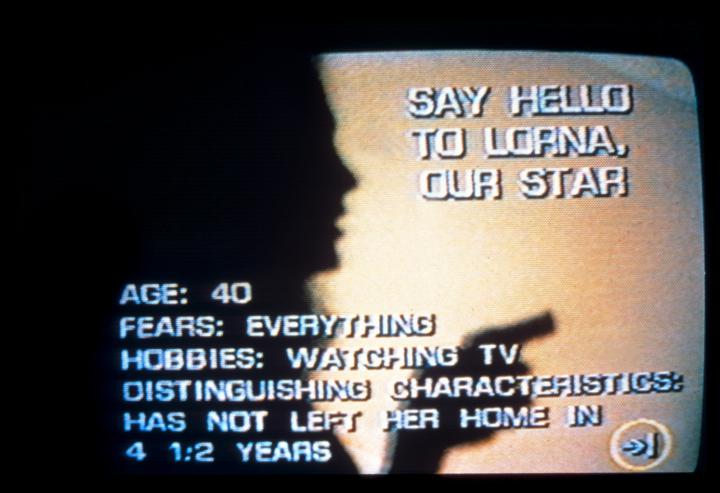

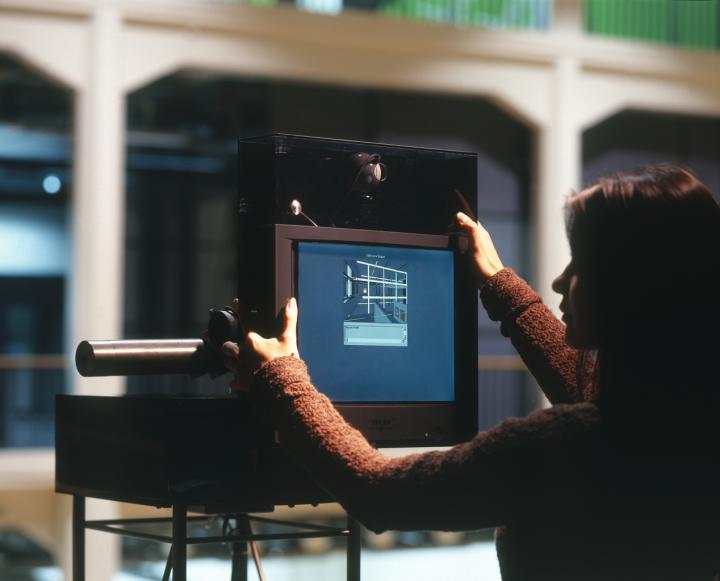



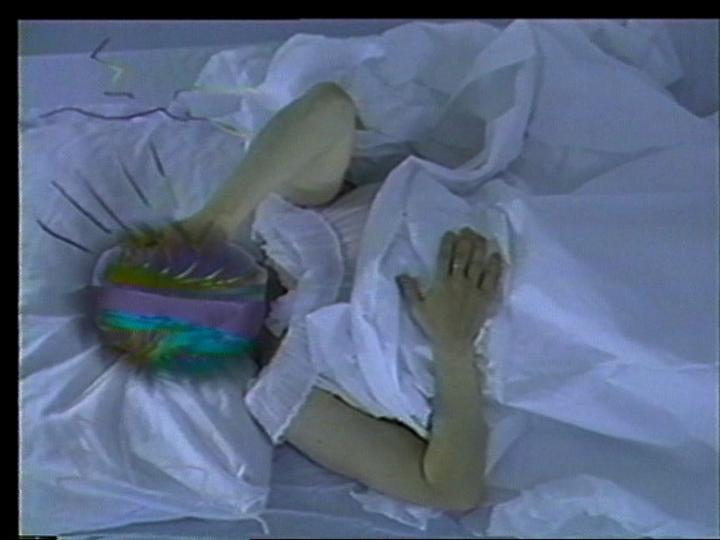
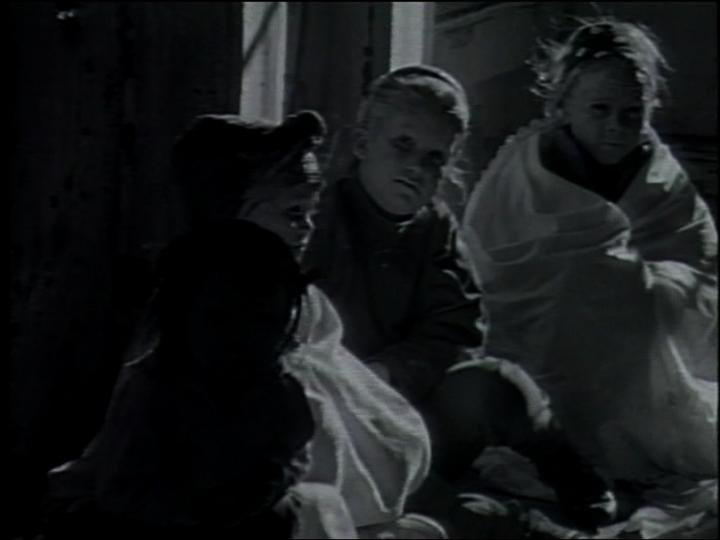
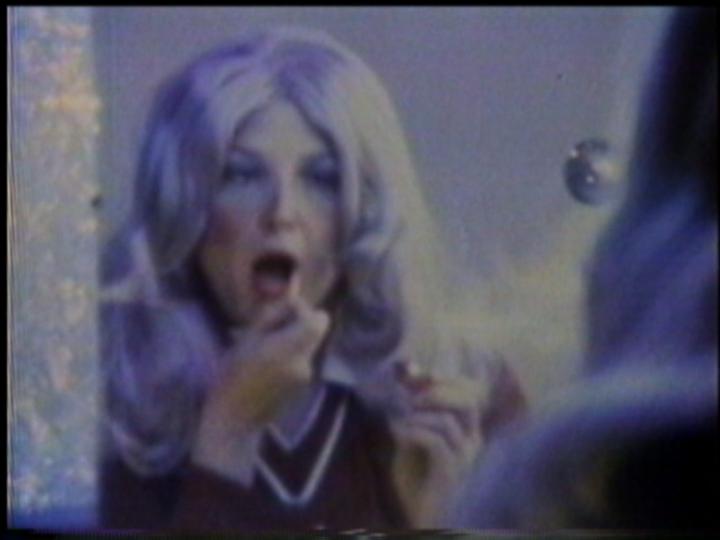


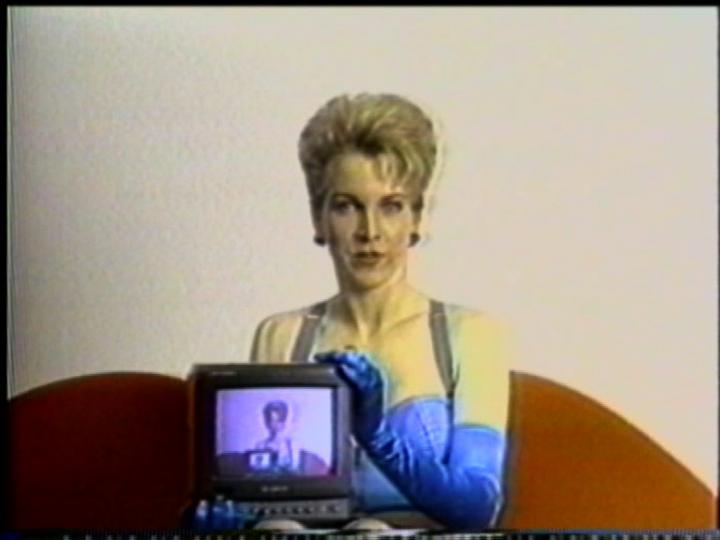

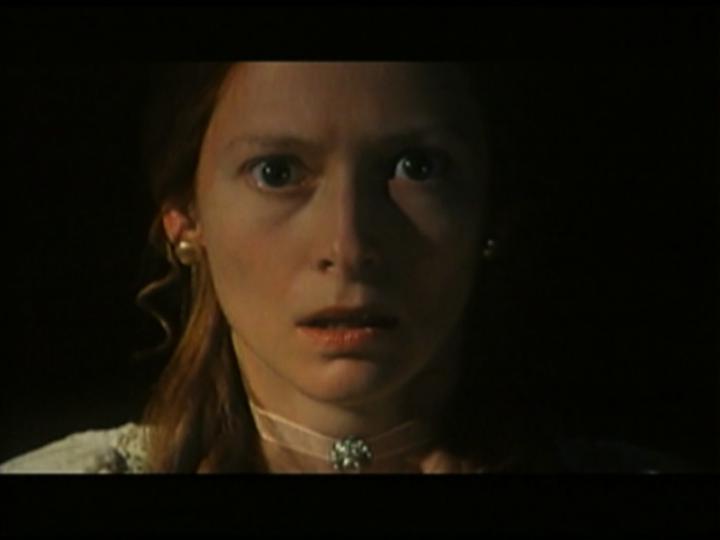
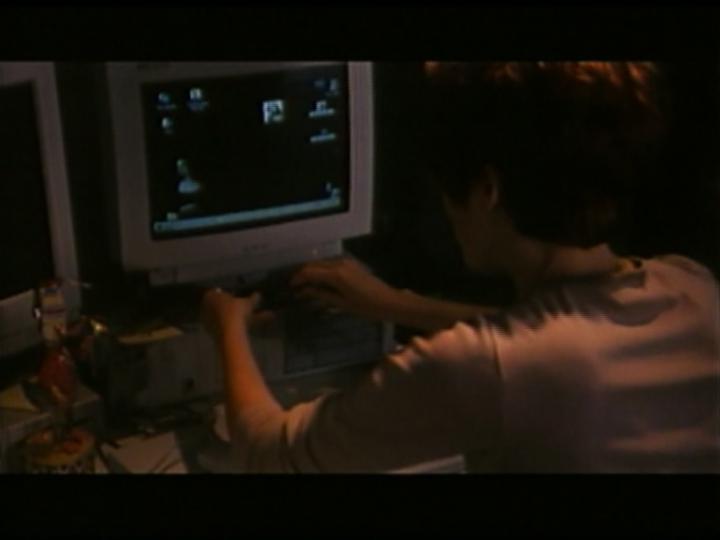

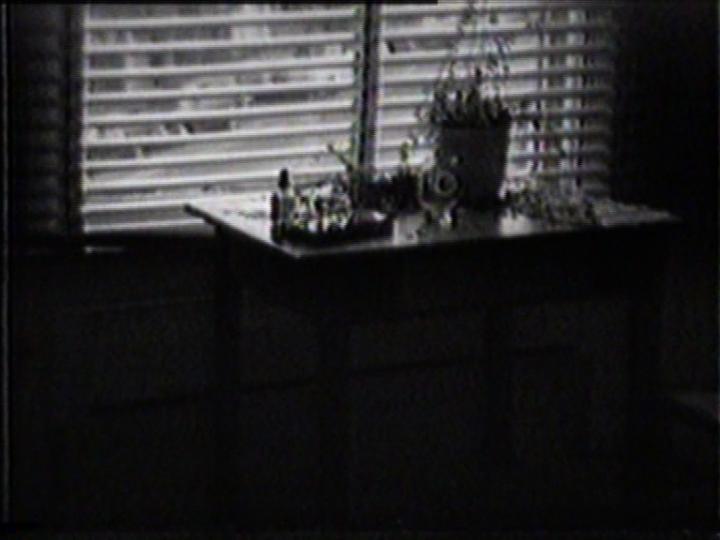
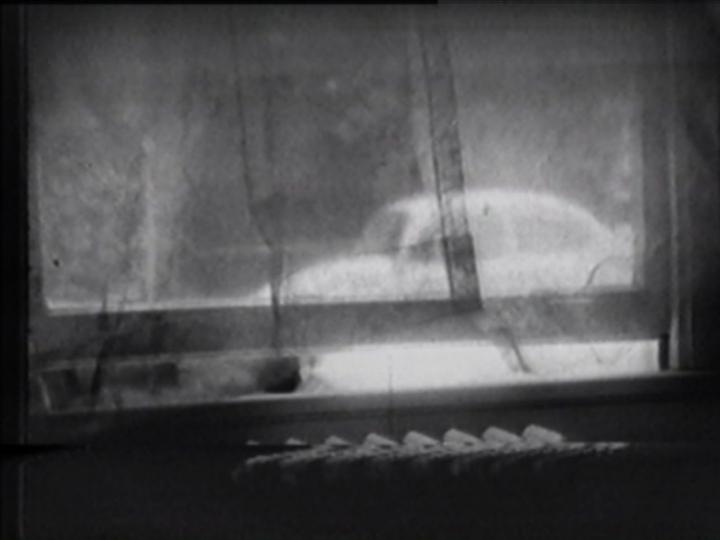
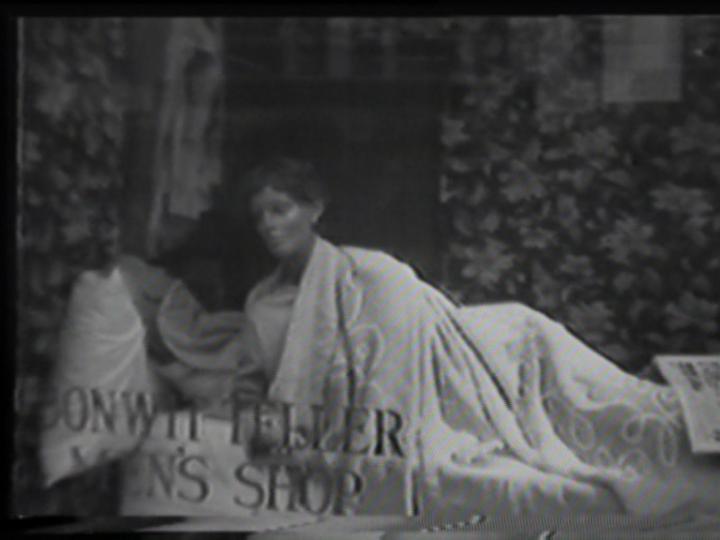
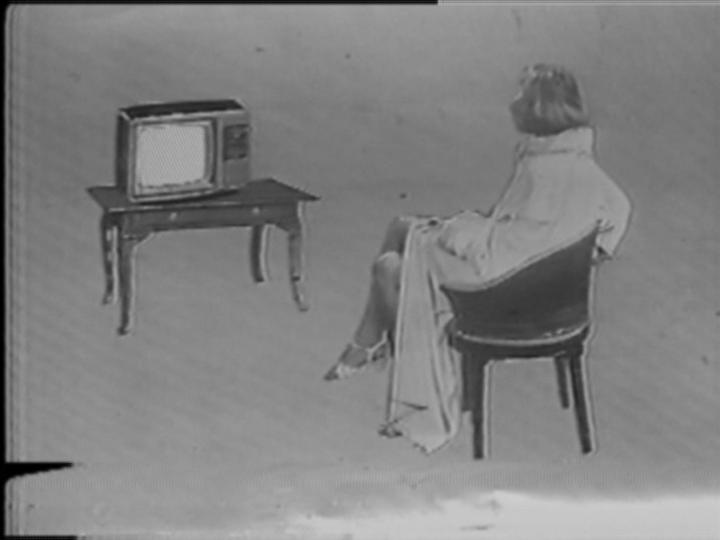
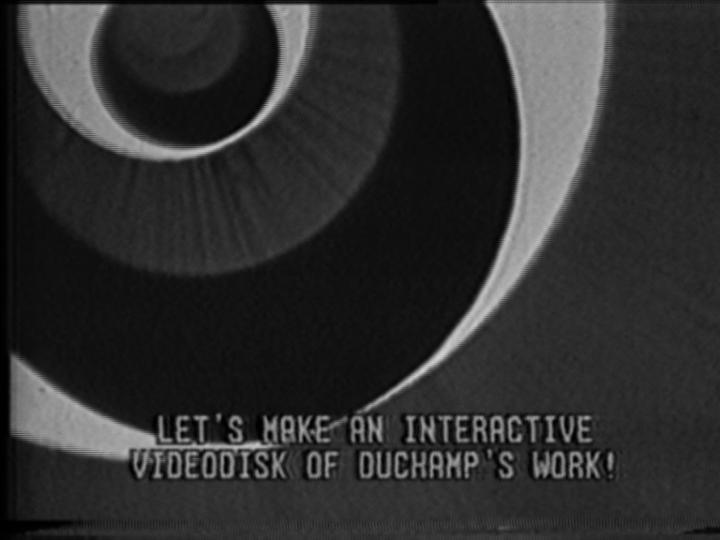
![Lynn Hershman, »Jim Jones. [Ausschnitt], from the series: »Infermental 7: Epidemics«, 1987, U-Matic, color, mono, 00:04:31, ZKM | Center for Art and Media. / © Lynn Hershman Werk - Jim Jones (Ausschnitt / excerpt)](https://zkm.de/sites/default/files/styles/r17_720_dynamic/public/bild/i004705.jpg?itok=IYr3eFJe)